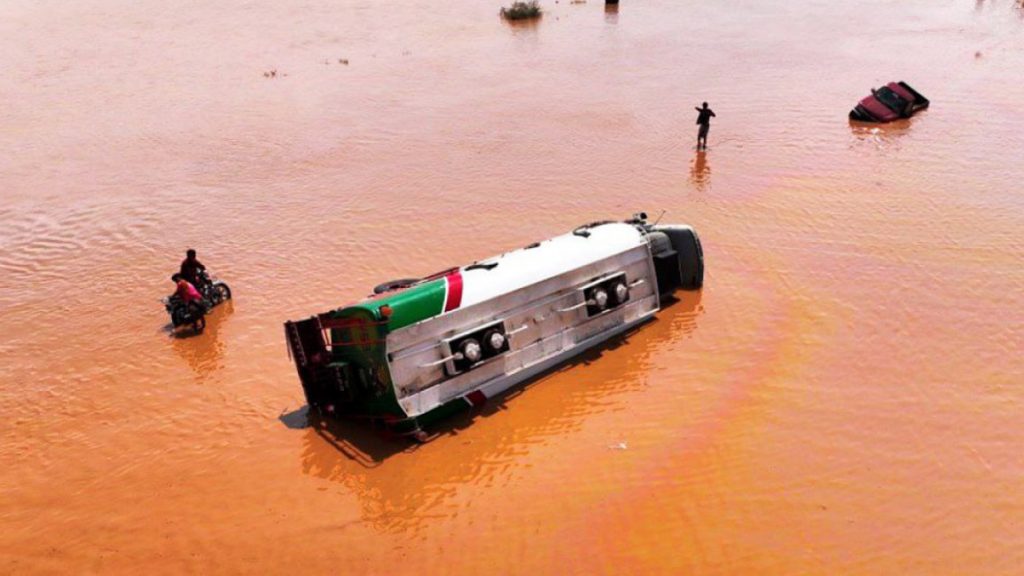Between April and August 2024, heavy rains and torrential floods have devastated Yemen, affecting more than 420,000 people across 19 governorates. According to a report by the International Federation of Red Cross and Red Crescent Societies (IFRC), around 63,195 families (approximately 424,123 individuals) have been directly impacted by the disaster, with the governorates of Al Hudaydah, Hajjah, Marib, Al Jawf, and Dhamar being the hardest hit.
The floods have caused extensive damage to infrastructure, destroying over 17,093 homes and temporary shelters for displaced people, as well as 22 schools. Additionally, 74 health facilities have been affected, exacerbating the already critical shortage of basic supplies needed to combat waterborne diseases and other health issues linked to the floods.

The disaster has also contaminated drinking water supplies, heightening the risk of cholera and acute watery diarrhea outbreaks. Furthermore, the destruction of agricultural lands and livestock has significantly impacted food security in the affected regions. The situation is further complicated by landmines displaced by the floods and damaged roads, posing increased risks to both the affected communities and relief workers.


